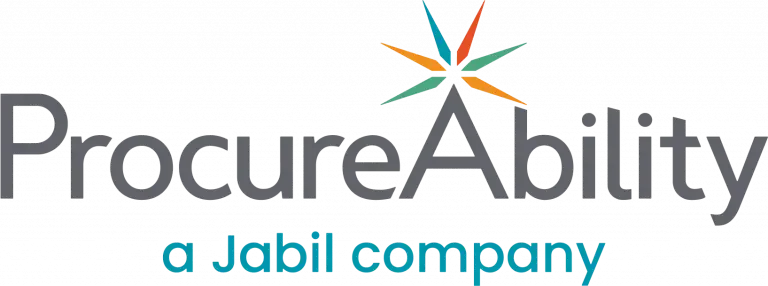
As procurement continues to shift from a tactical function to a strategic business enabler, the tools and frameworks used to drive savings and create value must also evolve. In today’s environment, where organizations face increasing pressure to deliver both efficiency and resilience, developing effective category management strategies has never been more critical.
So, what should procurement leaders prioritize during the planning stages of category strategy development? And how can they best assess opportunities in the supply market? One proven approach is leveraging Kraljic’s Matrix, a foundational tool in strategic sourcing that helps organizations align their sourcing strategies based on both internal and external factors.
Understanding Kraljic’s Matrix: Two Dimensions That Shape Strategy
Kraljic’s Matrix evaluates two key dimensions to determine the most effective procurement strategy for each category. By assessing where a category falls within these dimensions, procurement teams can better understand the strategic importance of each item or service. As a result, they can prioritize efforts, allocate resources more effectively, and tailor their approach to supplier engagement. This structured framework not only supports more informed decision-making but also helps align procurement activities with broader business goals:
1. Business Impact (Internal): This factor assesses how critical a category is to the company’s operations and strategic goals.
- Low business impact categories typically involve low spend, minimal operational disruption, and flexibility in lead times.
- High business impact categories are directly tied to core functions, often representing a significant percentage of spend and requiring strict delivery windows.
2. Supply Risk or Market Complexity (External): This dimension measures the difficulty of creating supplier competition and managing potential disruption.
- Low supply risk categories tend to have multiple suppliers, straightforward requirements, and strong buyer leverage.
- High risk or complex categories are often sourced from specialized suppliers, making them harder to replace and negotiate with.
Applying the Matrix to Category Management Strategy
Once you’ve evaluated your categories along these two dimensions, Kraljic’s Matrix offers a clear framework for tailoring your procurement approach. Depending on where a category falls, whether it’s non-critical, leverage, bottleneck, or strategic, your next steps will vary. This allows your procurement team to:
- Focus efforts on high-impact, high-risk categories that require robust risk management and supplier collaboration.
- Identify low-risk, high-spend categories where competitive sourcing and consolidation can unlock savings.
- Develop targeted procurement strategies that balance cost, quality, resilience, and supplier performance.
By incorporating tools like Kraljic’s Matrix into the early stages of category planning, procurement teams can ensure their strategies are aligned with broader business objectives, driving not only cost savings but also supply assurance, innovation, and long-term value. In a rapidly evolving market, the ability to adapt procurement strategies based on supply complexity and business priorities is a key competitive advantage. Now is the time to move beyond transactional sourcing and build a procurement function that’s proactive, data-informed, and strategically aligned.
Kraljic’s Matrix Example
| Kraljic’s Category Classification | Key Strategies |
|---|---|
Strategic (High Impact, High Complexity)Continuous availability is critical, especially when designs or specifications are highly nuanced. In many cases, only a limited number of suppliers possess the technical expertise required to meet these needs, making substitution challenging or even unfeasible. As a result, these categories often require close oversight, with high executive visibility and involvement to ensure performance, manage risk, and maintain supply continuity. |
• Collaboration in Innovation • Joint Process Improvement • Relationship Restructuring • Focus on Total Cost of Ownership • Multiple Organizational Levels of Involvement • Focus on Long Term Availability • Diversification |
Leverage (High Impact, Low Complexity)These categories commonly represent the largest portion of spend and are essential to core business operations. While they may not always receive the highest level of attention, they typically have moderate visibility across the organization. Fortunately, they often present multiple options for substitute suppliers or products, offering procurement teams flexibility and leverage to optimize cost, quality, and supply continuity. |
• Exploit Purchasing Power • Focus on Cost/Unit • Minimize Acquisition Costs • Global Sourcing • Volume Incentive Negotiations |
Bottleneck (Low Impact, High Complexity)These categories often involve unique specifications and require suppliers with specialized technical capabilities. However, demand is typically low and non-critical to daily operations. As a result, they are frequently characterized by inconsistent usage patterns, fluctuating demand, and the potential for storage or obsolescence risk, making careful inventory and supplier management essential to avoid unnecessary costs. |
• Value Analysis • Cross-Functional/Cross-Organizational Teams • Cost Driver Management • Reduce Exposure to Price Increases/Supply Disruptions • Target Pricing • Ensure Short Term Supply • Eliminate Long Term Need |
Non-Critical (Low Impact, Low Complexity)These categories consist of highly standardized products that offer minimal contribution to overall business outcomes and tend to have low organizational visibility. Because of their low strategic importance, the cost of processing transactions often exceeds the actual value they deliver. As such, procurement teams should focus on streamlining and automating these purchases to reduce administrative burden and drive efficiency. |
• Best Price Evaluation • Demand Management • Volume Concentration • Efficient Processing • Minimize Time Acquiring |
Drive Strategic Value Through Proactive Category Management
By clearly understanding how category outcomes directly influence your overall business performance, you can confidently develop a strategic plan to effectively engage suppliers. Furthermore, taking a proactive approach, by leveraging tools like Kraljic’s Matrix, enables you to anticipate organizational needs and market changes. This, in turn, leads to stronger supplier partnerships and improved business results. Ultimately, embracing this method empowers procurement professionals to drive value, mitigate risks, and optimize supply chain success.



